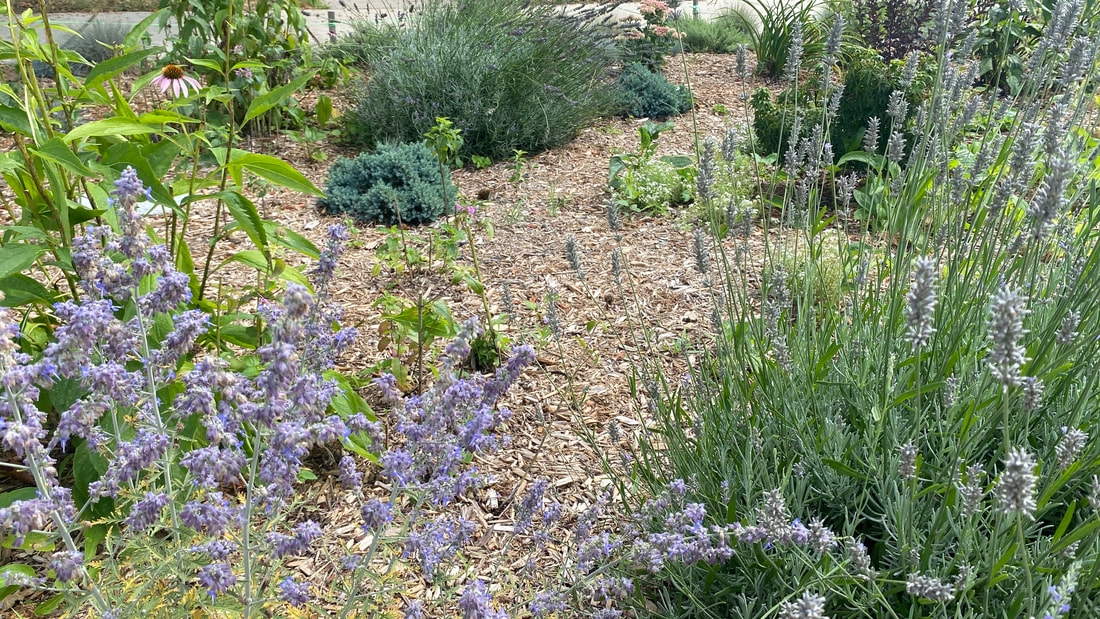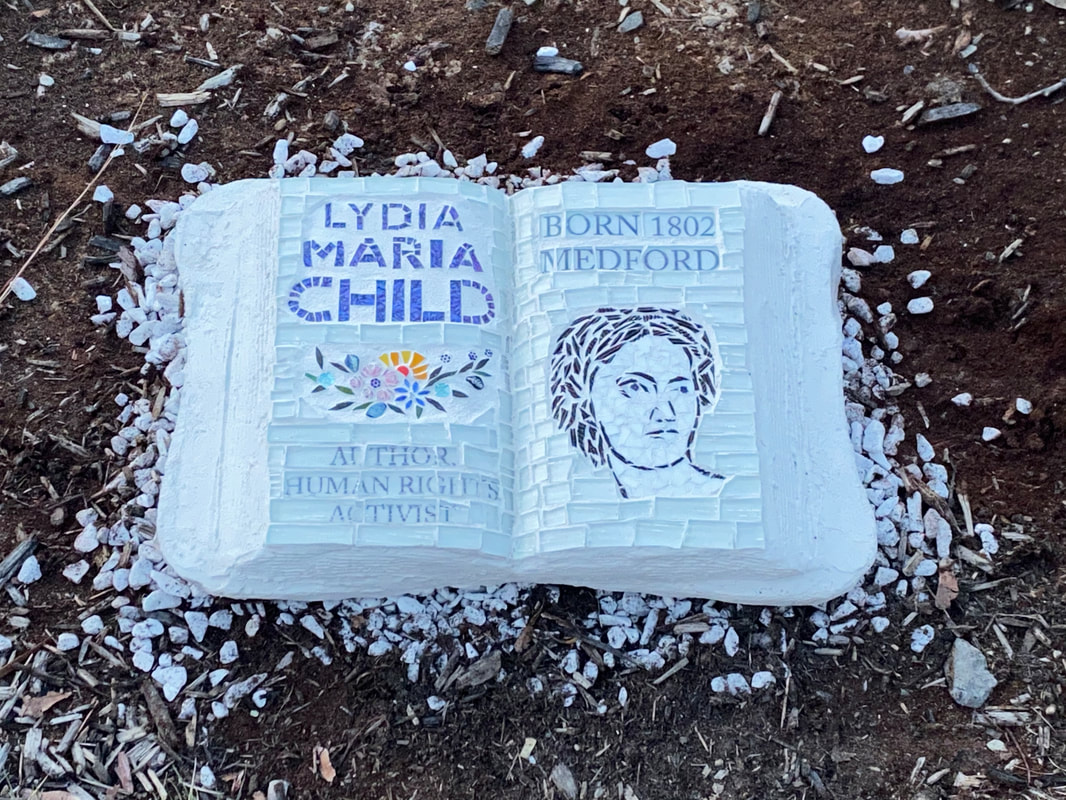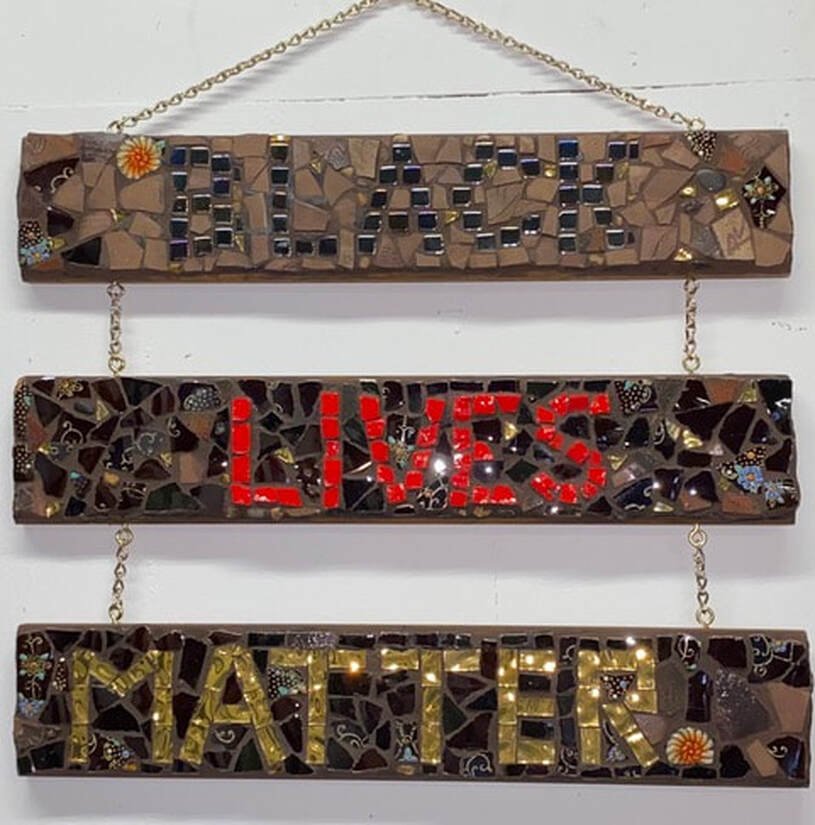 Lydia Maria Child was an abolitionist, women's rights activist, novelist, journalist, and Massachusetts resident, who--unlike most women at the time--was famous in her own right in the 1800s. Born Lydia Francis in 1802 in Medford, Massachusetts, she lived there until about age 11, and is supposed to have visited her "Grandfather's House" in the same town. You might know the holiday song "Over the River and Through the Woods" [to Grandfather's House We Go]. Well, the lyrics of that song are taken from a poem that Child wrote in 1844 called "The New-England Boy’s Song about Thanksgiving Day," and "Grandfather's House" is thought to be THIS house (although that's not been proven for absolute sure). The house overlooks the Mystic River--the same river as in the song. The woods, alas, are no more. A few years ago Medford reconfigured an intersection a few houses from Grandfather's House, in an effort to slow down traffic turning onto the street. The new corner now features a garden planted with native grasses and wildflowers. Since the garden is so close to the house of Maria Child's grandparents, it was named in her honor. She was a woman far ahead of her time: strong, confident, articulate, famous, and published under her own name. You can read more about Maria Child on the Medford Historical Society website. I wanted to create a mosaic piece for the garden to honor Lydia Maria Child. I incorporated a portrait of her as a young woman, a few identifying words, and a graphic based on her own watercolors. Yes, Child was also an accomplished artist, as were most women of her time. The flowers I used as a model appeared in Flowers for Children (1844-1846), which she both wrote and illustrated. The concrete "book" references the many many books that Child wrote during her prolific professional career. I've been reading, watching, and listening for many months to the ongoing discussions sparked by the violent and completely unnecessary deaths of so many black and brown people. I've signed petitions and donated funds to some of the organizations doing work on this issue, but I've refrained from attending protests and felt bad about that. So this was what I did instead. My goal in creating this piece was to stress each word equally, with space between them, so that viewers would really pay attention to each word: BLACK. LIVES. MATTER. Thus, each word got its own panel.
I added two small sunflowers (thanks to a vintage teapot donated to me by my artist friend Sharon Fischer) at the beginning and the end, to acknowledge George Floyd and his still-growing life after death. The teapot also shows up in some of the dark brown patterned pieces. The entire background consists of broken pottery. Our lives all contain broken pieces, and we all need to be regularly put back together. But black and brown lives have been especially, consistently, and purposefully broken throughout this country's history. I want this piece to live somewhere public--not in my studio where only I will see it. If you have suggestions of an organization doing positive work that might like it, please let me know. |
AuthorSusan Altman: Mosaicist, Community Artist, Writer/Editor Archives
February 2022
Categories |
Email: GlassAndGrout@gmail.com



 RSS Feed
RSS Feed